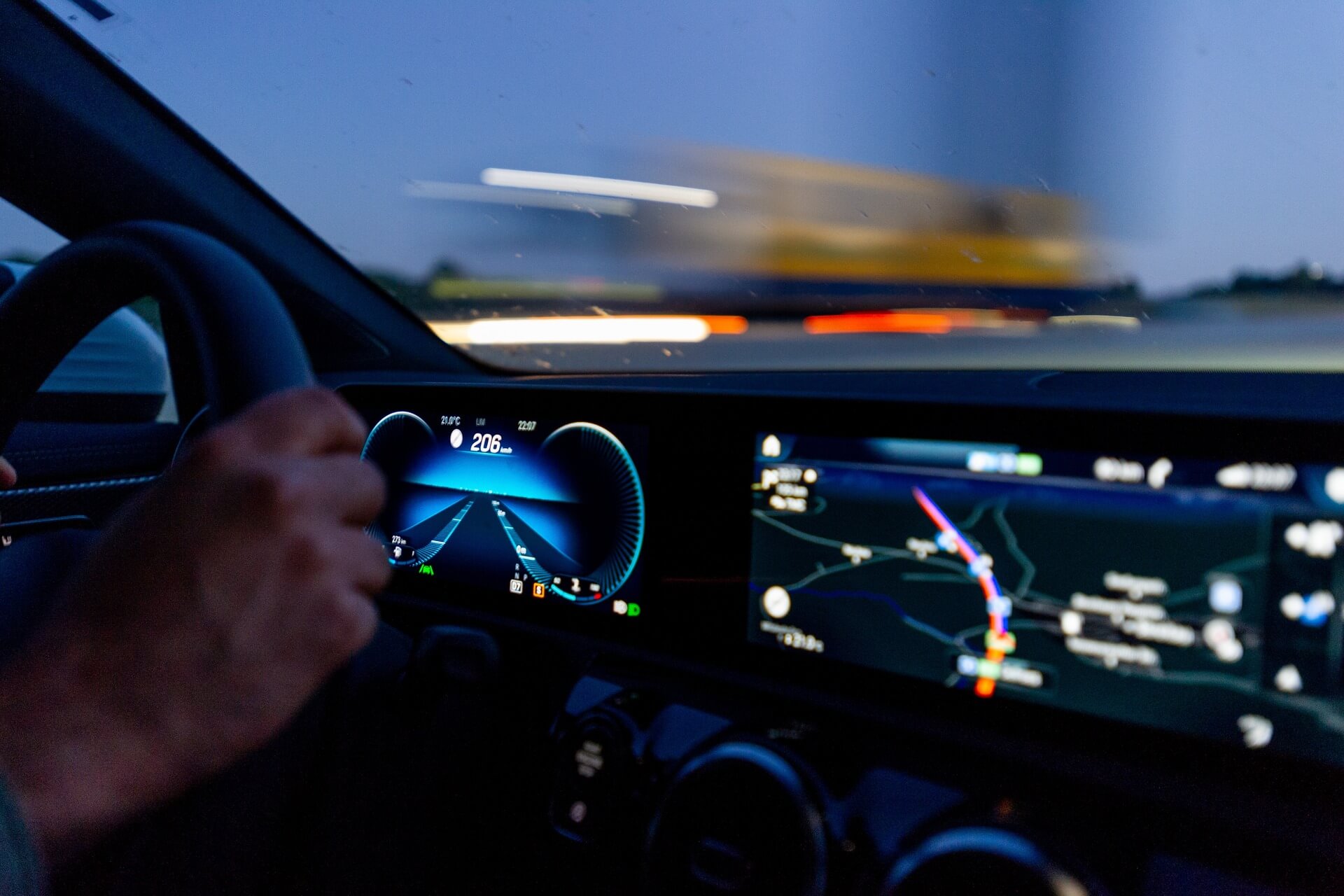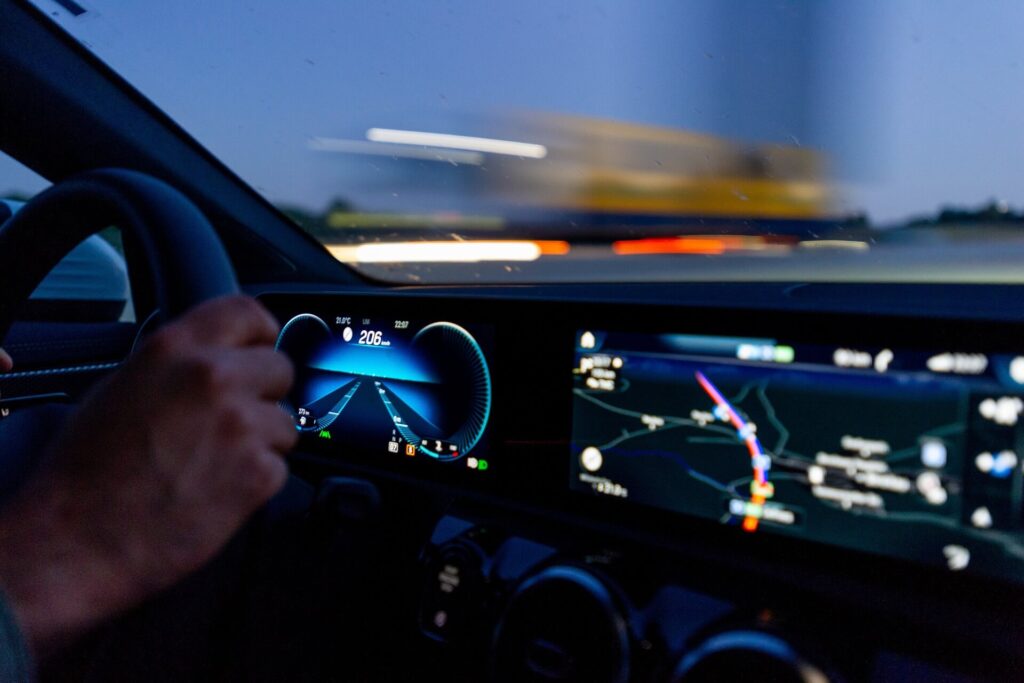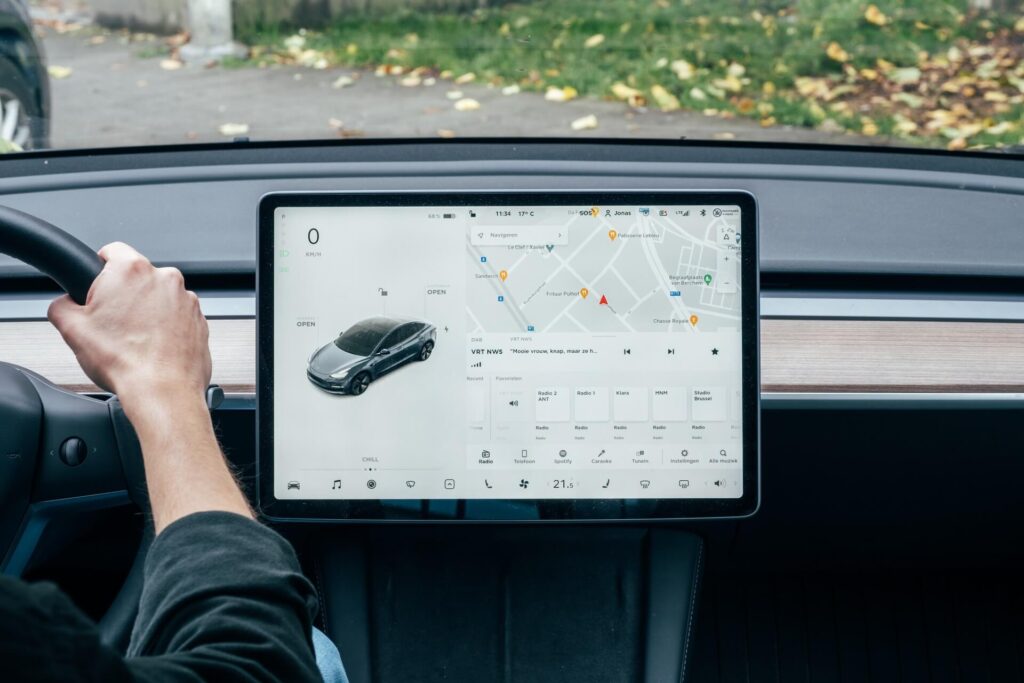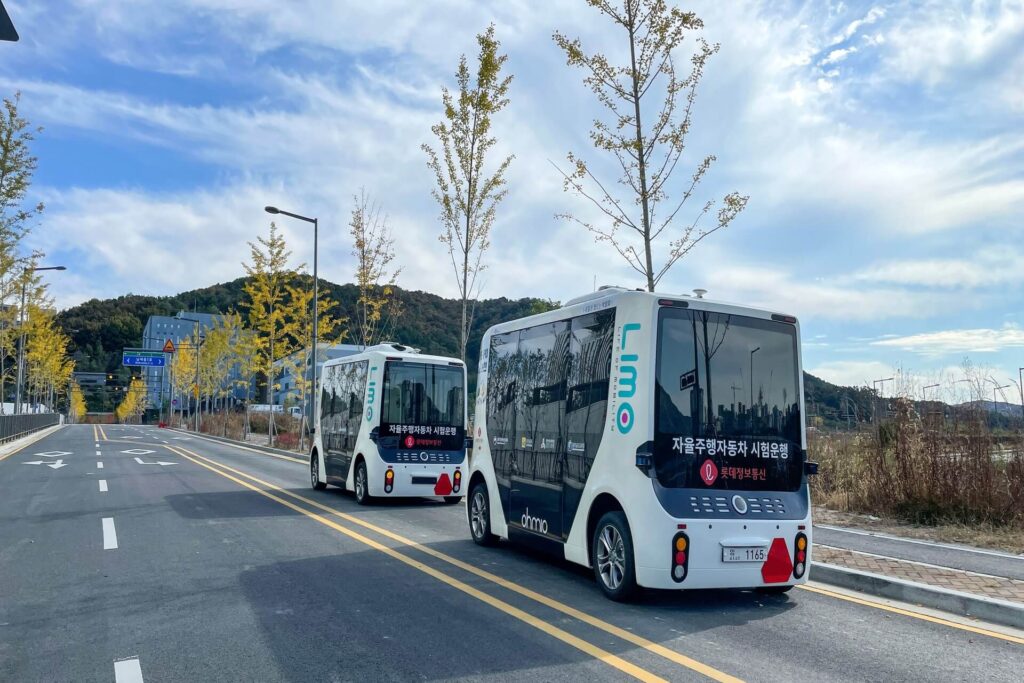What are the Levels of Driving Automation?
Jan 28, 2024

As an Amazon Associate, Modded gets commissions for purchases made through links in this post.
The automotive industry has slowly been developing self-driving vehicles for decades now. Although no one has achieved full driving automation yet, this technology has made significant advancements in recent years. Believe it or not, almost every car you see on the road today has some sort of automated features. Let’s break down the five levels of driving automation and see which category your vehicle falls under.
Level 1 — Driver Assistance

Most vehicles fall under Level 1 of driving automation, which includes driver support systems like steering assist, brake assist, adaptive cruise control and lane assist technology. The driver still has full control and must remain alert at all times behind the wheel, but Level 1 automation can provide some extra help with speed or steering. However, it can’t help with both speed and steering at the same time.
Level 2 — Partial Driving Automation
The second level of driving automation is the most common level these days. Every car with an advanced driving assistance system (ADAS) falls under this category. ADAS can take over steering, braking and acceleration in specific cases. For example, the highway driving assist feature can control the car’s movements on the highway but still requires the driver to have both hands on the steering wheel.

More advanced examples of partial driving automation are Ford’s highway driving assist, which allows hands-free driving on approved highways. Tesla’s new full self driving capability also falls under Level 2 because the driver must still pay attention to the road even though the car is doing the work.
Level 3 — Conditional Driving Automation
The levels of driving automation make a huge leap at Level 3, which is known as conditional driving automation. Level 3 technology is still in its infancy and approval is granted at the state level, which means you probably can’t use conditional driving automation in your area. It includes various unsupervised systems for specific situations, including highway and traffic jam assistance.
Unlike Levels 1 and 2, the driver doesn’t have to supervise Level 3 technology. They should still be able to retake control of the vehicle, but they don’t have to keep their hands on the wheel. Mercedes-Benz is currently developing the first legal Level 3 system in the U.S. market called Drive Pilot, which uses ultrasonic sensors, LiDAR, cameras, microphones and a digital map to analyze road geometry, traffic signs, unique traffic patterns and weather conditions.
Level 4 — High Driving Automation
Level 4 automation takes things a step further, as this technology is entirely self-sufficient and doesn’t require human supervision. It can even intervene if the driver has a health emergency or the vehicle experiences a system failure. The driver still has the option to manually override the system just in case it malfunctions.

However, Level 4 automation is only available in the realm of public transportation, namely self-driving robotaxis in slow and enclosed urban environments. The United States, Canada, France and China all have Level 4 cab services that are slowly being developed for both urban and highway environments. Don’t expect to see daily drivers with Level 4 automation any time soon, though. This technology has a long way to go.
Level 5 — Full Driving Automation
Level 5 vehicles have full driving automation that doesn’t require any human interaction whatsoever. In the future, they won’t have steering wheels or pedals, so manual operation isn’t even an option. The cars will do everything on their own. However, many automotive professionals question whether full automation is even possible.
Will Cars Ever Reach Full Driving Automation?
The quest to achieve all levels of driving automation has reached a roadblock in the early 2020s. While you can find many vehicles that fall under the first three levels, there is a significant drop-off at Levels 4 and 5. Automakers haven’t been able to solve the riddle of adding vehicles with high or full automation into a world of human drivers.
Consumer attitudes have also played a role. The simple fact is that most people don’t want fully autonomous vehicles. They are afraid or untrusting of the technology and would rather maintain control of their cars. They have no problem with advanced driver assistance systems, but they still want to be the primary operators.
However, increasing collaborations between auto manufacturers could establish some industry standards with self-driving technology and increase the level of public trust. In previous years, Tesla and other big names pursued Level 4 and 5 projects on their own. Moving forward, wide-reaching efforts between companies will be the key to reaching full driving automation.
Level Up Your Driving Experience
If you’re in the market for a new car and don’t know where to start, you can narrow your search by focusing on vehicles with Level 1, 2 and 3 autonomous capabilities. Features like highway and lane assist will level up your driving experience and significantly reduce the risk of an accident. However, don’t expect to find any Level 4 cars during your search.






